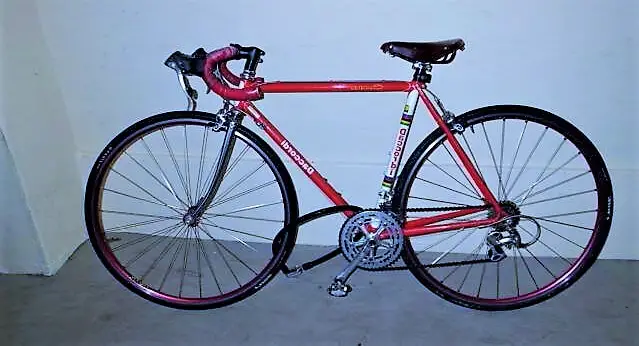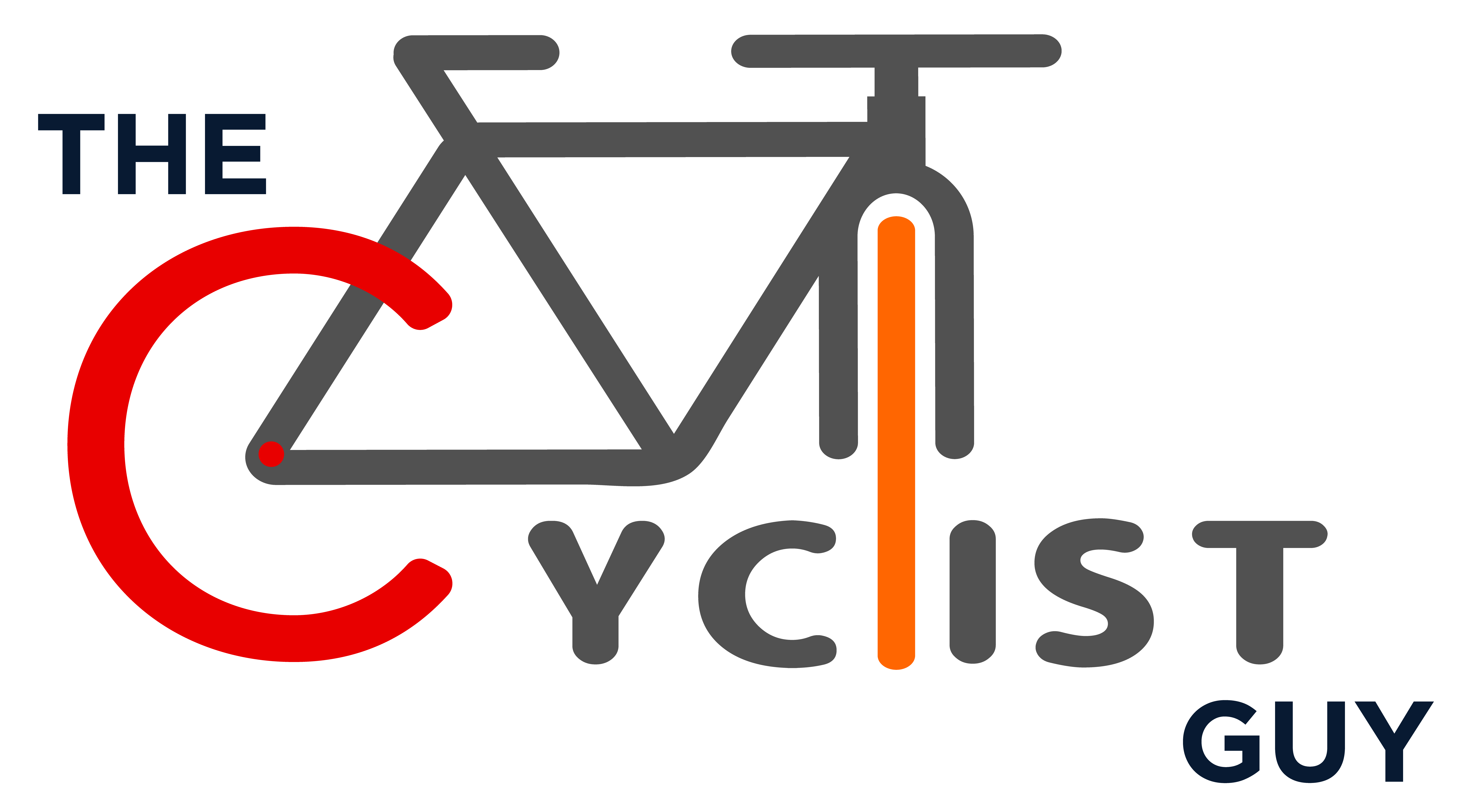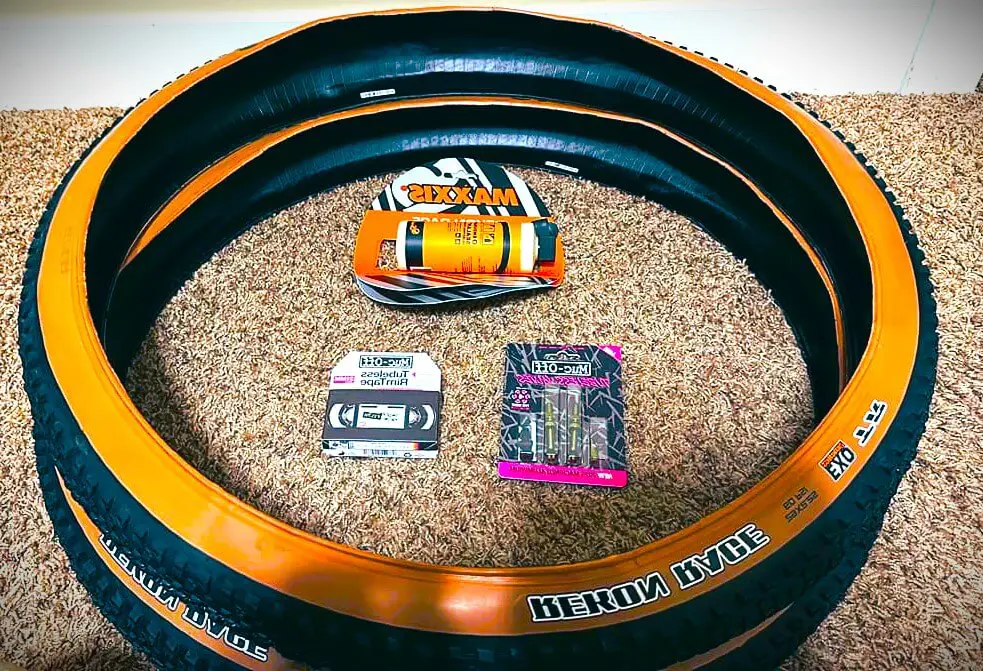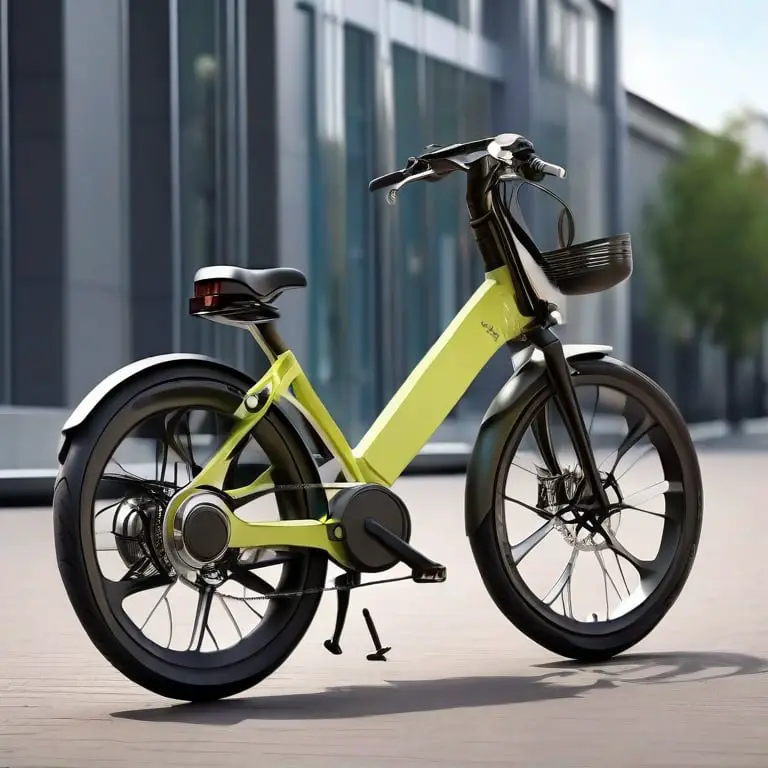Convert Road Bike To Flat Bar: 6 Easy Steps To Follow

As an affiliate, we may earn from qualifying purchases. We get commissions for purchases made through links on this website. You can read more on our Affiliate Disclaimer here.
Are you planning to convert your road bike handle to a flat bar but don’t understand where to start? Don’t panic, as I will discuss “how to convert a road bike to a flat bar” in this article.
There are various reasons why people want to convert road bikes to flat bars bikes. Some people don’t prefer drop bars since they are not comfortable.
Moreover, many prefer an upright position that is easy to control. But hazard takes place when it comes to conversion.
Many people don’t know if it is still possible to convert or not, while others panic about conversion steps. The fact is that a lack of knowledge can make even the most effortless task a more difficult one.
Whatever your worries are, this article aims to help you with the drop bar to flat bar conversion for your bike. From conversion steps to conversion costs, you will find all the information here and much more. So let’s get started.
Differences Between a Drop Handlebar and a Flat Handlebar
There are many differences between a drop handlebar and a flat handlebar. Before switching the handlebar, one must know the fundamental differences between them. So, let’s look at the significant differences:
- Hand positions: Drop bars provide the riders with three unique positions: on the hoods, drops, and bars. But a flat handlebar only provides the riders with one position.
- Efficiency: Drop bars have lesser width than flat bars. The general width of a drop bar is roughly 40-46 cm, while the measurement is around 58-60 cm in flat bars. So, a rider can go through narrower spaces with drop bars more effortlessly than with a flat bar.
- Speed and control: Drop bars provide more speed than flat handlebars. Because flat bars are more wind resistant which causes a rider spends more energy overcoming the air resistance rather than pushing the bike forward. There is no such issue in drop bars. But drop bars don’t allow greater control than a flat bar can offer.
- The fragility of the parts: Parts of the Drop bars are more expensive and fragile. One has to tape the bar periodically. In contrast, the parts of flat bars are cheaper yet more durable.
- Brake levers: Drop handlebar’s brake levers are more difficult to apply during an emergency or sudden brake. The riders have to change their hand position to a new place to install brakes. Therefore, drop bars are not brake-efficient. In contrast, one can easily install brakes with flat bars due to the single-hand position. So, flat bars are more convenient than drop bars when it comes to brakes.
- Riding experience: Many beginners or non-cyclists look for flat bars since they are easy to control and more flexible. But drop bars are mainly suitable for pro-cyclists.
Reason for Converting Drop Bar to Flat Bar Bikes
You may want to convert drop bars to flat bars based on your preferences and needs. The reason for conversion can be that you simply don’t need much speed.
There are also some pros and cons of changing road bike handlebars to straight bars. Many may think the pros outweigh the cons. Some such reasons are:
- Easy Commuting: For day-to-day commutes and relaxing bike rides, flat bars are the way to go. They offer swift and very comfortable rides on smooth roads for regular commuting. The brake levers are harder to access in drop bars. And drop bars don’t allow you to bike in most clothes. If you switch to a flat bar road bike, there will be extra space to keep your daily items such as office or school bags, bells, or other accessories.
- Comfortable Upright Position: The upright position is more comfortable for most people. This position offers great visibility, and body and neck movement. Drop bike bars can’t offer that as they don’t have wide bars for upright comfortable cruising.
- Perfect for Beginners & Elderlies: Though a flat bar bike only has one hand position, it provides more stability. This makes it perfect for beginner riders. Young people and the elderly with small hands will also love the flat bar because small hands and drop bar shifters don’t work well!
- Good for Weekend Tours: Flat bars are a bit better where you need control over rough roads. As drop bars are incompatible with off-road tours, using flat bars for road bikes will let you enjoy a leisurely weekend countryside tour.
- Lightweight: Converting the road bike to a flat bar handle from a drop bar will significantly lower the weight. And the hand placement will not be as much of an issue as most people don’t use the lower drops anyway. Unless you are a competitive cyclist, you won’t miss the extra weight. And your arms, neck, and back will thank you.
- Hybrid Configuration: A road bike with flat bars is a hybrid bike that offers best of the both world. But hybrid bikes found in the market come with a hefty price tag. Converting your drop bar road bike to a flat handlebar road bike can save you bucks.
Drop Bar to Flat Bar Conversion Kit: What will you Need?
So now that you have decided you want to convert your drop bar road bike, you will need to know what you need for the conversion.
Simply changing the handlebar will not do as there are many things to consider as the geometry of the cycle, gravity point, leverage ratio, etc. You may need flat bar-compatible brakes and shifters as brake cables differ on a mountain bike vs a road bike.
You may not need to purchase a new stem if you find a flat handlebar with the same diameter as the drop bar you are replacing. Many also suggest installing bar ends on a road cycle during flat bar conversion.
So the tools for flat bar conversion for road bikes typically include the:
- Flat bar handle
- New stem
- Screwdriver
- Cables, cable cutter & cable housing
- Flat bar brake levers and shifters
- Handlebars grip
How to Convert a Road Bike to a Flat Bar?
Converting a road bike into a flat bar is not rocket science. If a person follows specific steps sincerely, the task is pretty straightforward. So, let’s explore the process step by step without any delay. Here are the 6 easy steps you can follow to convert a road bike to a flat bar:
- Take Stem Measurements
Accurate measurement is the primary key to a successful conversion of a road bike to a flat bar. A person should always keep in mind that a bike is all about measurement and proper fitting.
The whole conversion process can collapse due to a slight miscalculation of measurement. Most importantly, it can lead to severe accidents. So, take an accurate measurement before converting any part of the bike to avoid adjustment hazards.
Before converting the handlebars, make sure the new handlebar is suitable for the stem clamp of the road bike. One can do it by measuring the diameter of the existing handlebar. Then, purchase a new handlebar with the same diameter. Typical flat bar diameters are 22.2 mm, 25.4 mm, 31.8 mm, and 35mm.
But what happens if you have already purchased a new handlebar with a wider diameter? Simply change the stem clamp to the same diameter, and you are done!
Another best thing one can do is to purchase a combo pack of the handlebar and stem to avoid measurement complexity.
- Selecting the handlebar
Since many types of handlebars are available in the market, all of which are unique in terms of design, material, and price range, selecting the right handlebar often becomes too difficult. But the right handlebar is vital to ensure greater comfort and balance. Moreover, a narrower handlebar often causes shoulder and neck pain.
While most of the handlebar’s material is aluminum, one can look for a carbon-made handlebar if lightweight handlebars are your top priority. Price may vary depending on the material and quality. However, one can purchase a handlebar for between 25$ to 120$.
One can find the right handlebar by calculating two measurements: the handlebar’s width and “Contact Point Diameter.” One can measure the handlebar’s width by the width of one’s shoulder and the size of the bike’s wheels. However, the regular handlebar’s width is 580mm or 600mm. The measurement of the “Contact Point Diameter” is mentioned in the first point.

- Setting up flat handlebar’s brake:
Now it’s time to set up the brake since the brake of the older drop handlebars will not fit with the flat handlebar. People can find brakes in two forms: hydraulic and mechanical. The most frequent brake used on hybrid or mountain bikes is hydraulic, whereas road bikes most often use cable braking systems; therefore, mechanical brakes.
One will first purchase the braking levers to set the brake. A person may find a variety of brake levers depending on materials, designs, shapes, and prices. There is no straightforward answer on how to choose the appropriate brake levers. Before purchasing, one has to research and check if the brake levers suit them.
However, one must prioritize purchasing premium-quality brake levers for overall safety and performance.

- Get Flat Bar Shifters
One has to buy new shifters to convert road bikes to flat bars like brakes. Generally, road bikes feature two to three chainrings. So, one will need two shifters: one for the front derailleur and another for the back.
The shifters must have the same number of speeds on the cassette and chainrings. Because picking the right shifter depends on the amount of the speed in the cassette and crankset. For instance, if one’s bike features three chainrings and a nine-speed cassette, he will have to set three speeds in the left and the right shifter. There are also downtube shifters that you can use.
- Handlebars Grips
Before installation, it is the last step in converting a road bike to flat handlebars. Grips are vital since they affect brake control, arm position, and gear shifting. Besides, a proper grip can enhance one’s balance and comfort while riding. There are different types of grips, such as Traditional grips, Lock-on grips, Flanged grips, Flangeless grips, etc.
- Installation
For the reader’s convenience, I have mentioned the steps of installation in detail below:
- Take a picture of the bike before removing parts. It will help you in later reference.
- Remove the bar, grips, brake, and shifters of the plugs.
- Loosen the stem bolts. Firstly, remove the faceplate bolt, then the faceplate and bar.
- If you have an electronic shifting system with internal routing, then make sure you have removed the wire.
- Now routing the cable with a new handlebar. Thread the cable through the stem.
- Clean the bar stem body and faceplate before installing the new bar. This is also a convenient time to apply grease to the faceplate bolt threads.
- Now install the new handlebar.
Tips: After installation, give several trials if you are flexible with the new handlebar.
FAQ:
Are flat bar road bikes good?
It depends on one’s personal preference. If you prefer an upright position and more power while riding your bike, then a flat bar is more convenient than a drop bar. Because the upright position causes less back pain. Moreover, the flat handlebar offers a higher yet steady grip like mounting bikes.
In contrast, drop handlebars are convenient for long-term journeys. A person can position his hands differently, which provides significant flexibility.
Why do road bikes have drop bars?
Road bikes usually use drop bars to distribute the pressure evenly while relieving the rider. While twisting the handlebar, a rider puts much of the pressure on the hand. In a drop handlebar, a rider can constantly change the hand’s position, providing more comfort and reducing the hand’s stress.
What is the cost to convert drop bars to flat bar bikes?
The flat bar road bike conversion really depends on the condition of your bike and the instruments you have in hand. My friend converted his flat bar bike from a drop bar bike for under £55.
But that’s because he had most of the parts in his bike bin. You may need to spend some extra for parts, such as bike chain replacement costs. Depending on these, your road bike flat bar conversion may cost anywhere from 50-200 bucks.
Can you change a drop bar to a flat bar?
Switching from a drop bar to a flat bar can greatly improve the riding experience of a bicycle. This allows for a more upright posture that is more comfortable for city rides or leisurely walks. To complete this change, you must replace the brake levers and shifters to accommodate the new bar.
You may also need to adjust the cable lengths and ensure the stem fits the new handlebar diameter. Although the modification may result in less aerodynamics, it improves handling and maneuverability, making it a desirable option for urban riders or those who prefer a more relaxed riding style.
Final verdict:
While most road bikes feature drop handlebars, one can easily convert a road bike to a flat bar if they seem inconvenient. Moreover, people have different priorities and preferences in their bike riding.
Therefore, many people want to switch their drop handlebar to a flat handlebar. But they stumble when converting the bar.
Therefore, I have discussed the handlebar conversion process in detail. So, the readers can easily convert their handlebars by following the instructions. I hope the article was advantageous to you.

Steven is a professional cyclist and his passion is cycling. He has been cycling for the last 6 years and he loves using bikes while outing as well. Based on his experiences with the different types of bikes; he is sharing his opinions about various bikes so that a beginner can start right away. Find him on Twitter @thecyclistguy Happy Biking.




